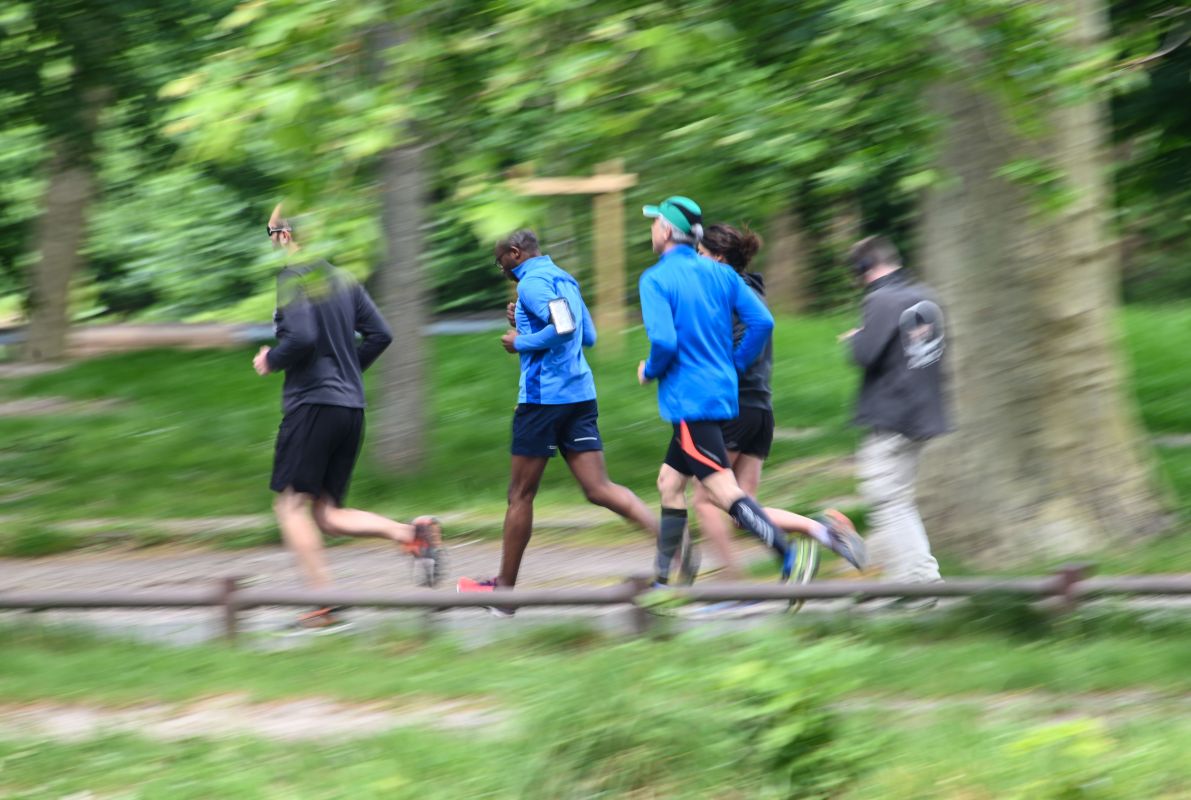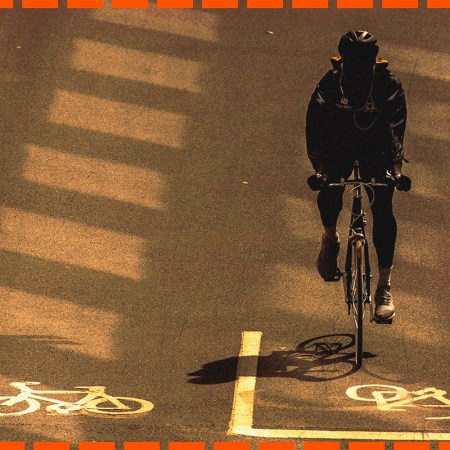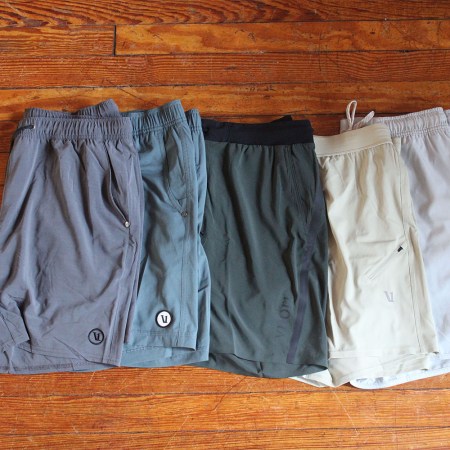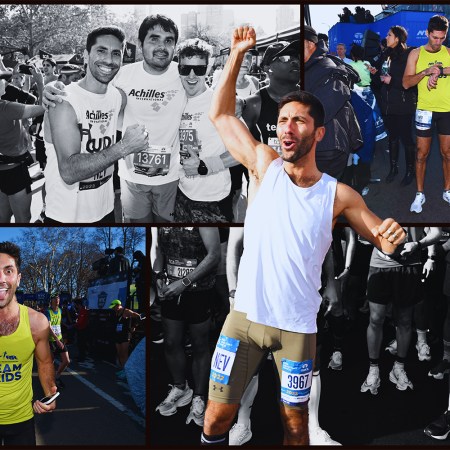If you’ll allow a quick mental trip back to peak quarantine, there was a point in the spring and summer of 2020 that the United States went through a running boom. Gym-less, commute-less, desperate for an outdoor mission of any sort, people took to their local streets and trails for solo, “social-distanced” efforts. The movement was clear and obvious enough (and copied in the cycling community, too) that you could see it for yourself just by looking out the window: a little highway of joggers, runners, run-walkers. I remember it fondly, which feels a little odd because I would’ve figured that era too confused and distraught for any rose-tinting.
These days, there’s another running trend that can be witnessed with the naked eye, and especially if you live in a big American city. People are running together — in clubs, in big groups and small, with buddies, or brands, or non-profits. Run groups are no new invention, but they’ve never been this popular. And thanks to the diligent stat-keepers at Strava HQ, we now have access to some hard proof.
The Habit That All Healthy Couples Have in Common
Relationships that cultivate “secret gardens” go very, very farStrava’s Latest Data
According to the Bay Area-based fitness platform, runners in “grouped activities” logged 78% more active time than those who ran solo. So if it seems like the runners outside are almost always running with other runners, well, yes. Some of these group runners might not be on Strava, but in today’s endurance world, that’s like meeting someone without an email address. The platform had 100 million active users by the end of 2022. Even with some subscriber dust-ups at the beginning of this year (concerning rate increases), the app is plugging along, and runners are using it to log miles.
Of course, it’s a bit of a chicken-or-the-egg situation, as Strava actively encourages group runs. The app offers features for local clubs to connect, plan runs and program training plans ahead of marathon seasons. And you can see why eager runners join this sort of group (both virtually and in person): it fosters accountability, and keeps them on course. Strava also found that people who ran with others in 2022 had a 17% higher goal completion rate for each effort.
Why We Like It
This is great news for anyone involved with the world of running. And — as we indicated — it doesn’t come as too much of a surprise. In large metro areas, veterans and beginners alike have a veritable club fair of running groups to choose from: clubs that do long runs on Sunday mornings, clubs that meet for a beer after, clubs that bring their dogs, club that run slow with zero judgment, clubs that stick around to clear trash in their local neighborhood.
It’s a bit of a wellness white whale, blending exercise, camaraderie, inclusivity, time spent outdoors (and sometimes even social action) into one. I’ve met people who make dear lifelong friends through their running club. Others might pop in for a single season when training to run a marathon, say. Plus: that familiarity of running in a group means you’ll be more likely to run with a buddy or multiple friends on the five or six other days of the week that your club isn’t meeting. That makes your running habit more religious without making it too serious.
There’s a Nielsen report from 2021, which confirmed the perceived running boom from the year before: 13% of all surveyed runners began during the pandemic. Good choice by all of them. Hopefully those solo runners stuck it out long enough for an even sweeter reward — years of running side by side with friends.
Whether you’re looking to get into shape, or just get out of a funk, The Charge has got you covered. Sign up for our new wellness newsletter today.



















